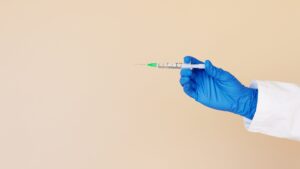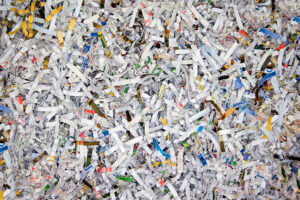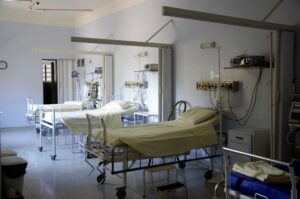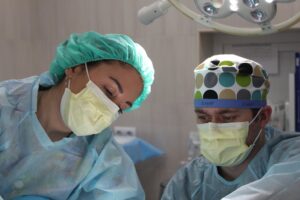Proper management and disposal of medical waste are paramount in the healthcare industry. As a healthcare provider, it is crucial to understand the different categories of medical waste to ensure the safety of patients, healthcare professionals, and the environment. This article will focus on two specific categories: red bag waste and sharps waste. Additionally, we will delve into the importance of utilizing designated medical waste bins, the need for reliable biohazard waste disposal companies, and the significance of adhering to OSHA guidelines for biohazard waste disposal.
- Red Bag Waste: Safely Handling Infectious Waste
Red bag waste, also referred to as regulated medical waste or infectious waste, encompasses any waste that carries the potential to transmit infectious diseases. It includes items contaminated with blood, body fluids, or other potentially infectious materials. Healthcare facilities generate a wide range of red bag waste, including:
- Used gloves, gowns, and face masks: These items are often contaminated during medical procedures or when in contact with patients’ bodily fluids.
- Contaminated dressings and bandages: Wound dressings and bandages that come into contact with blood or other potentially infectious materials are considered red bag waste.
- Discarded microbiological cultures and specimens: Laboratory samples or cultures that are no longer needed or expired fall into this category.
- Contaminated personal protective equipment (PPE): PPE such as masks, goggles, and gloves that are contaminated should be disposed of as red bag waste.
- Unused or expired medications: Pharmaceuticals that are no longer needed or have expired should be disposed of properly.
To ensure the safe disposal of red bag waste, healthcare providers should use designated medical waste bins. These bins are specifically designed to prevent leaks and punctures, thereby minimizing the risk of exposure to infectious materials. By utilizing these containers, healthcare facilities can comply with regulations and maintain a hygienic environment.
- Sharps Waste: Handling and Disposing of Hazardous Objects
Sharps waste refers to any object with a sharp edge or point that can puncture the skin, including needles, syringes, lancets, and scalpels. Proper disposal of sharps waste is crucial to prevent injuries and the transmission of bloodborne pathogens. Examples of sharps waste include:
- Used needles and syringes: These are frequently used in medical procedures and should be handled and disposed of properly to avoid needlestick injuries.
- Scalpels and blades: Surgical instruments with sharp edges should be carefully disposed of in designated sharps containers.
- Broken glass or vials: Glass materials or containers that have been broken or contain residual liquids are considered sharps waste.
- Lancets and other piercing objects: Devices used for blood glucose monitoring, for example, should be discarded in sharps containers.
Similar to red bag waste, sharps waste should be placed in specially designed sharps containers. These containers are puncture-resistant, leak-proof, and equipped with a secure lid to prevent accidental needlestick injuries. Proper labeling and segregation of sharps waste are essential to ensure the safety of healthcare workers and waste management personnel.
In effectively managing medical waste, healthcare providers often rely on professional biohazard waste disposal companies. These companies specialize in the safe and compliant removal and treatment of medical waste. When searching for “biohazard waste disposal companies near me” or “medical waste disposal companies near me,” it is important to choose a reputable and licensed provider that offers biohazard pick-up services. By partnering with a reliable disposal service, healthcare facilities can ensure that their waste is handled properly and in accordance with regulations.
Lastly, healthcare providers must adhere to the guidelines set by the Occupational Safety and Health Administration (OSHA) as well as any state or local regulations.










